Prime Day is approaching, and while Meta Quest deals are generating buzz, there is a harsh reality most VR enthusiasts will not tell you: Meta's official accessories are largely overpriced disappointments (GamesRadar). The good news? Early Prime Day discounts are already appearing on Quest 3 accessories (GamesRadar), and this year's timing looks especially promising since no new headsets are launching (GamesRadar). After hundreds of hours of testing across long VR sessions, two accessories consistently stood out as worth the cart during these sales.
Why most official Meta accessories miss the mark
Here is what drives me crazy about Meta's approach to Quest accessories, they keep prioritizing profit margins over user experience. The official gear costs a lot and often misses features that third-party alternatives nail for less money (GamesRadar). Premium prices, basic functionality. You feel it the moment you unbox.
Take the Elite Strap pricing. It is $69.99 for the basic version and $130 for the battery model (Road to VR), while better third-party options pack in more at roughly half the cost. Even the stock head strap tells the story, built for manufacturing efficiency, not comfort (CNET). You notice it after fifteen minutes, pressure points set in and the magic fades.
This pattern highlights Meta's broader strategy. Sell headsets at competitive prices, then chase margins with pricey add-ons. The hardware shines, the peripherals hold it back, and extended play turns into a chore faster than it should.
The game-changer: KIWI Design K4 Duo all-in-one audio head strap
This is where smart third-party engineering steps in. The KIWI Design K4 Duo is the integrated solution Meta should have shipped with the headset. It is currently discounted by $48 on Amazon US, now $111.99, and £28 off in the UK (TechRadar). Three problems, one fix.
The appeal is its multi-system approach. Built-in directional speakers remove the headphone juggle, a rear-mounted battery adds up to 2–2.5 hours of playtime and improves weight distribution, and the upgraded padding finally makes comfort a default, not an upgrade path (Virtuaze).
It also cleans up the Quest's accessory sprawl. No separate headphones, no dangling battery pack, no compromise between audio and balance. The speakers give immersive sound without the isolation of traditional cans, and the rear battery shifts weight off your face. Simple, balanced, better.
Across long sessions, this strap did what it promised with no weird trade-offs. No hotspots, no audio cutouts, no extra fiddling. It made me wonder why Meta's own team could not land on something this cohesive.
The comfort revolution: AMVR upgraded facial interface
The second essential upgrade fixes VR's most overlooked pain point, the facial interface. The AMVR Upgraded Full-Ventilation Facial Interface (Quest 3/3S compatible where noted), still $10 off after Prime Day (Android Central), brings real thermal management to comfort.
This is not a foam swap. It is a system for moisture control, airflow, and hygiene. Four vents fight lens fogging (Android Central) by promoting airflow, and the PU leather padding creates a moisture-resistant surface that stays comfortable during sweatier stretches (Android Central).
The modular setup seals the deal. Velcro-backed pads make cleaning quick, and glasses spacing tweaks help different face shapes sit right without pressure points (Android Central). For fitness sessions or shared headsets, these quality-of-life details move from nice to necessary.
In practice, the vents actually keep fog from wrecking immersion mid-fight or mid-rhythm game, and the quick-clean pads make sharing less gross. Small upgrades, big relief.
The strategic value proposition: Why these two create VR system synergy
Together, these two fix the Quest's three big limitations, battery life, comfort ergonomics, and thermal management. Battery straps can extend playtime up to 5 hours while improving balance (Virtuaze). Advanced facial interfaces make those longer sessions sustainable instead of punishing.
They also play nicely across the lineup. Both accessories work with Quest 3 and Quest 3S (GamesRadar), so you are not boxed in by your next upgrade. And they come from established makers, not fly-by-night brands chasing impulse buys.
Stack the costs and the picture clarifies. Meta's Elite Strap with Battery is $130 and still lacks audio integration. Add separate headphones and a basic facial interface and you are spending similar money for more weight, more pieces, and worse integration.
With these two, the Quest stops feeling like a capable standalone and starts behaving like a premium system. Not through flashy components, through smart engineering that removes friction.
Making the most of Prime Day VR deals
Prime Day 2025 ends on Friday, July 11, and you will need an Amazon Prime membership to grab the best offers (USA Today). The timing is on your side, accessories are a backbone of major sales events (GamesRadar) and no new headsets are siphoning attention.
Retailers are leaning into ecosystem growth rather than hardware churn, so expect deeper cuts on the stuff that matters. Not shiny filler, not checkbox bundles.
Focus your Prime Day plan on fundamentals that remove friction, longer battery life, better comfort, real ventilation. These pay off every single session, while trendy add-ons tend to end up in a drawer.
The best VR setup is not about hoarding gadgets. It is about picking the few upgrades that make play effortless. These two do exactly that, turning the Quest's weak spots into strengths through thoughtful design, not hype.




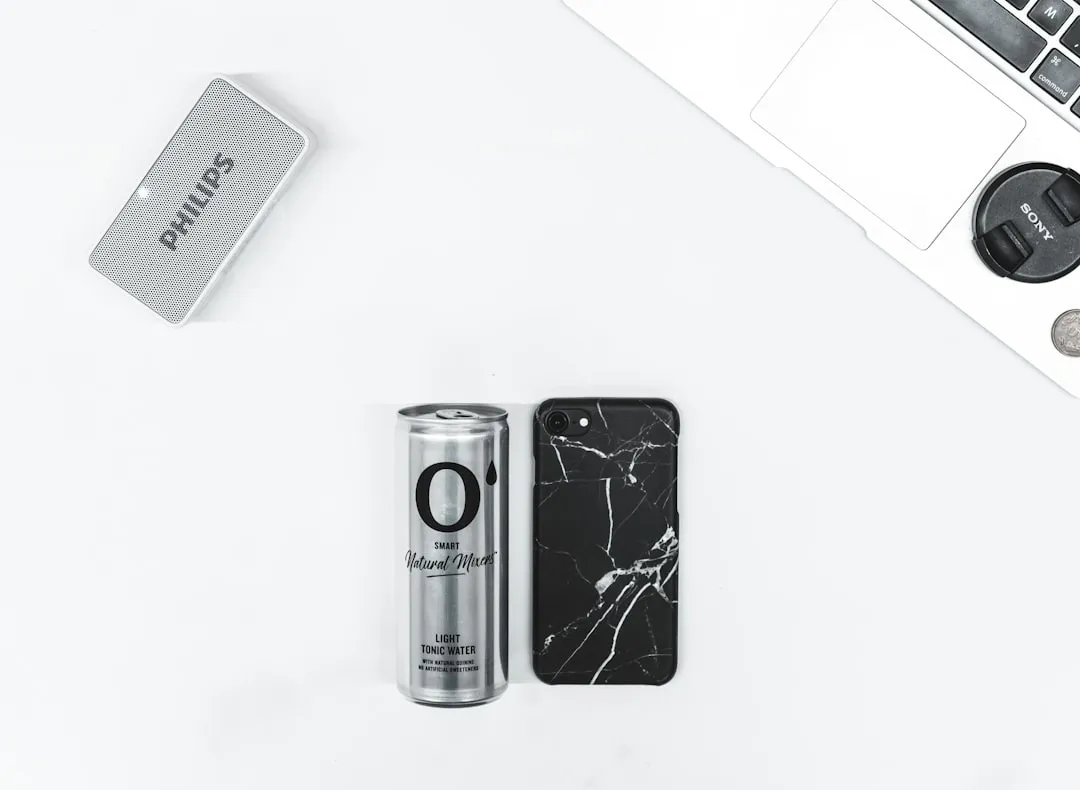
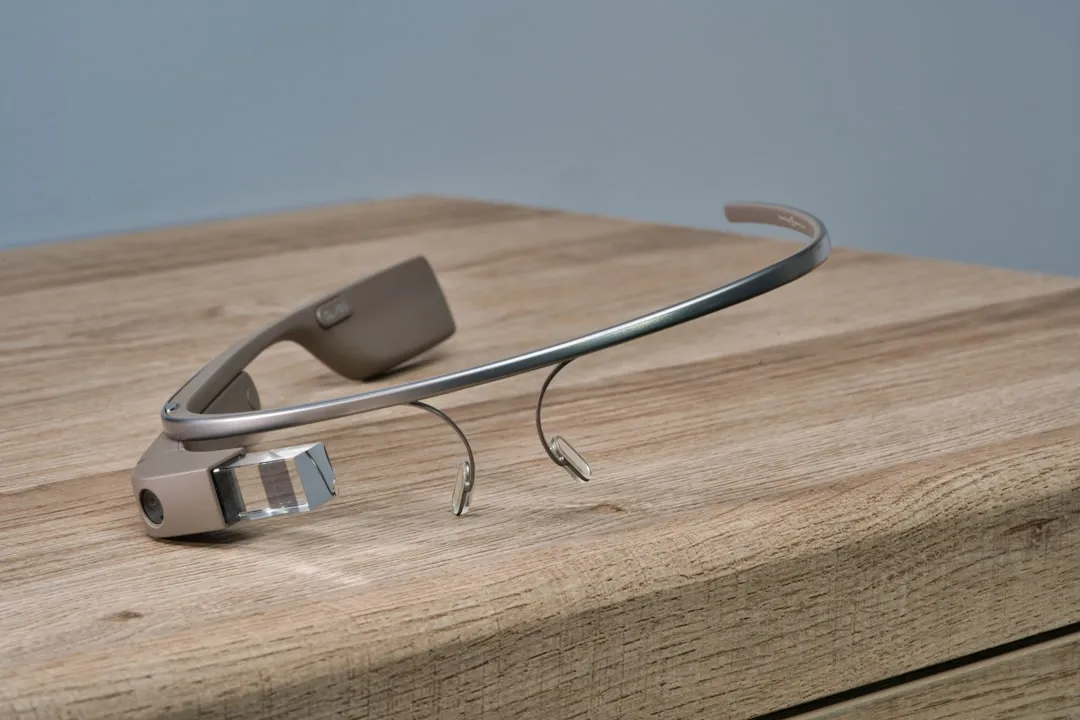




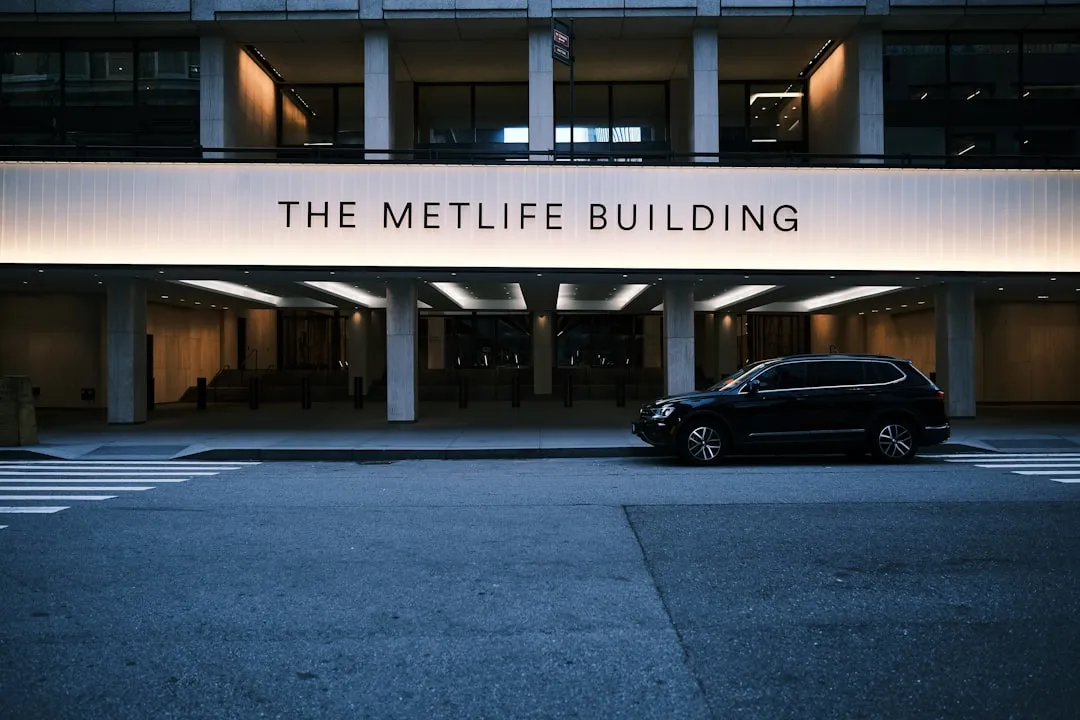



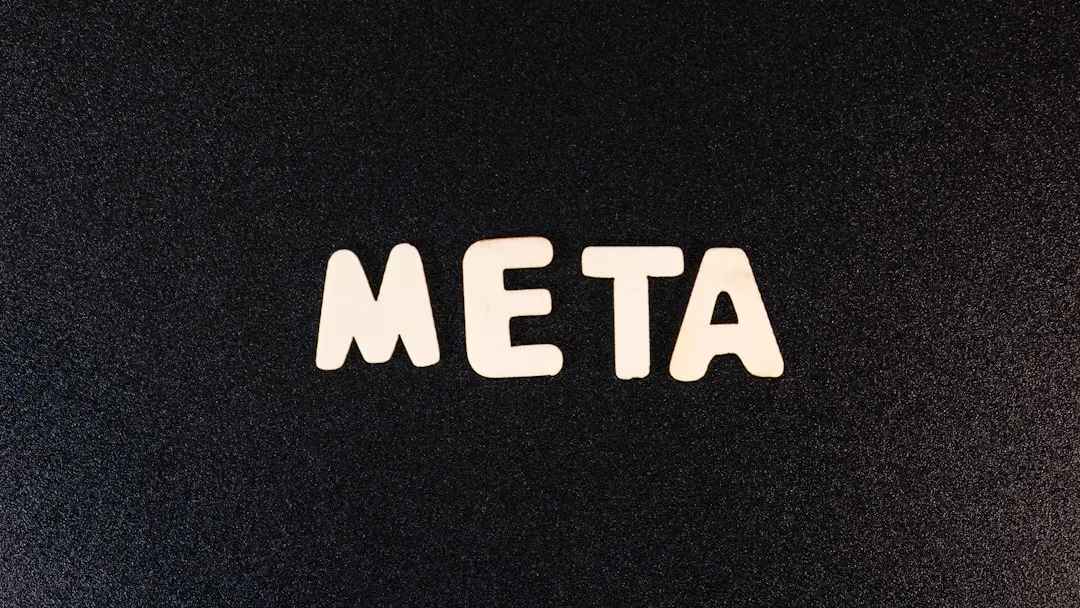


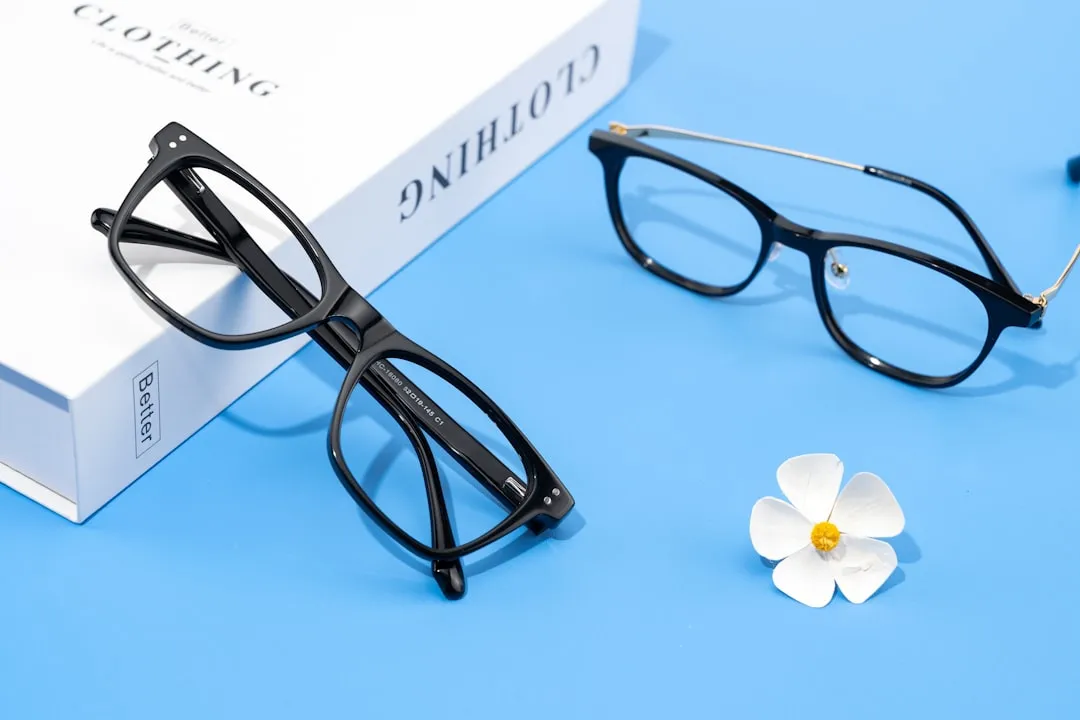
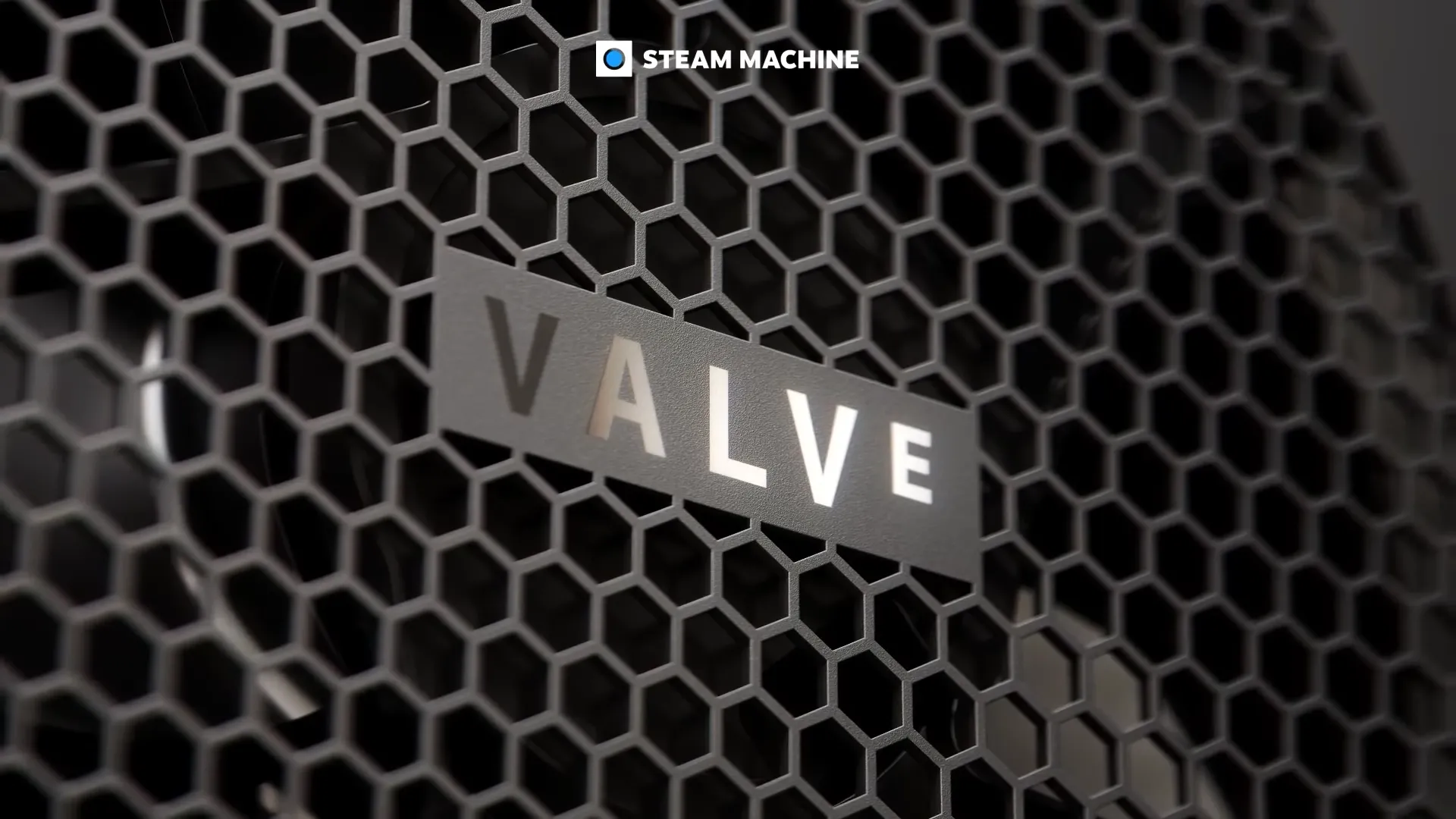
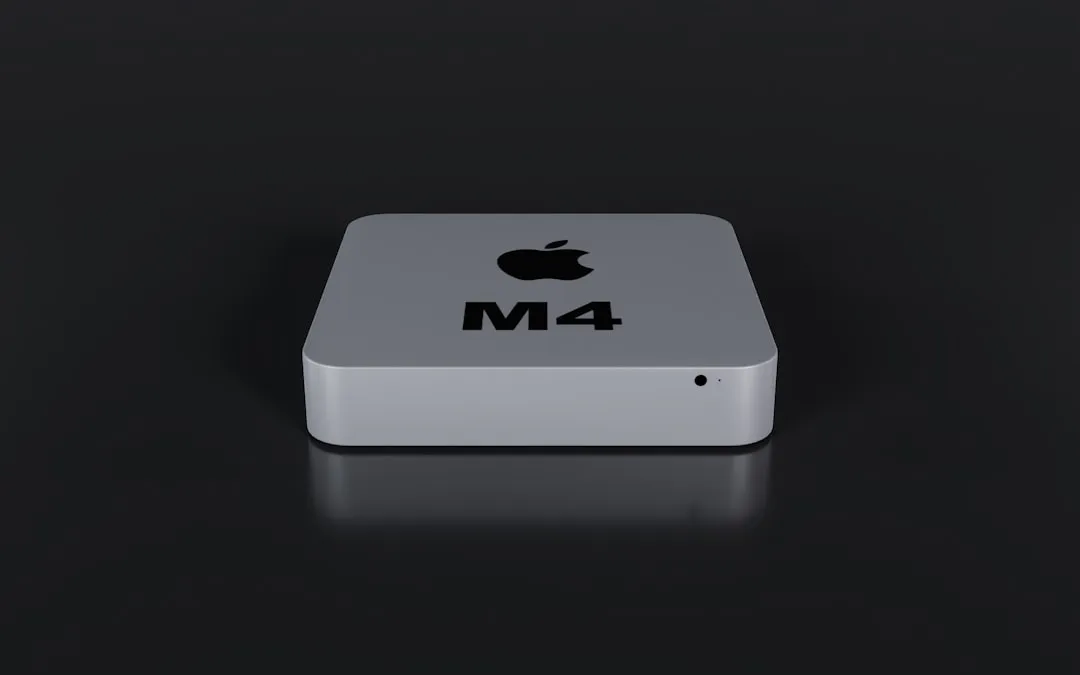
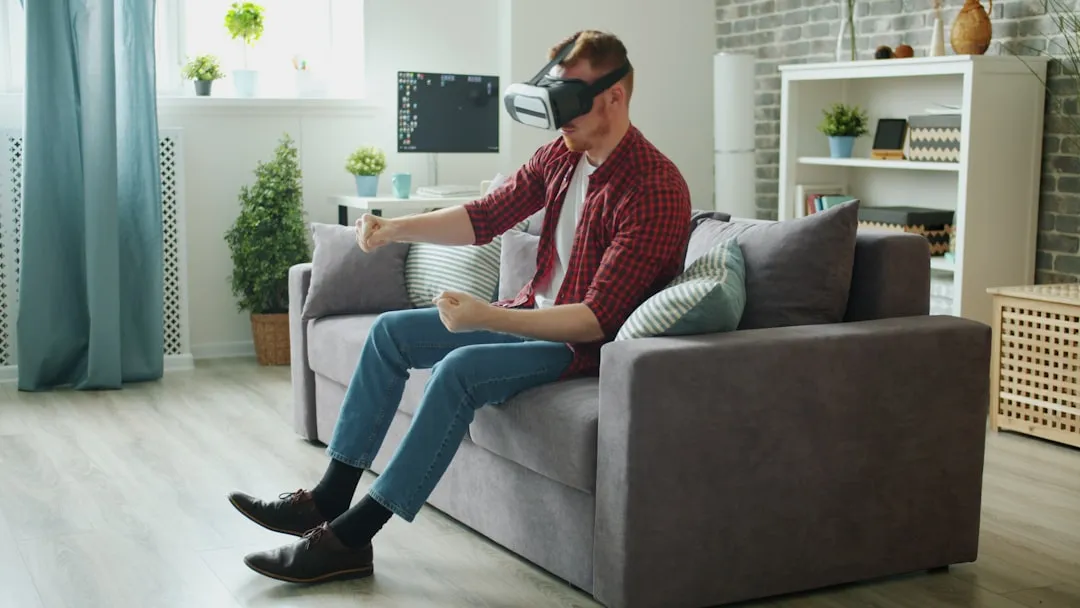

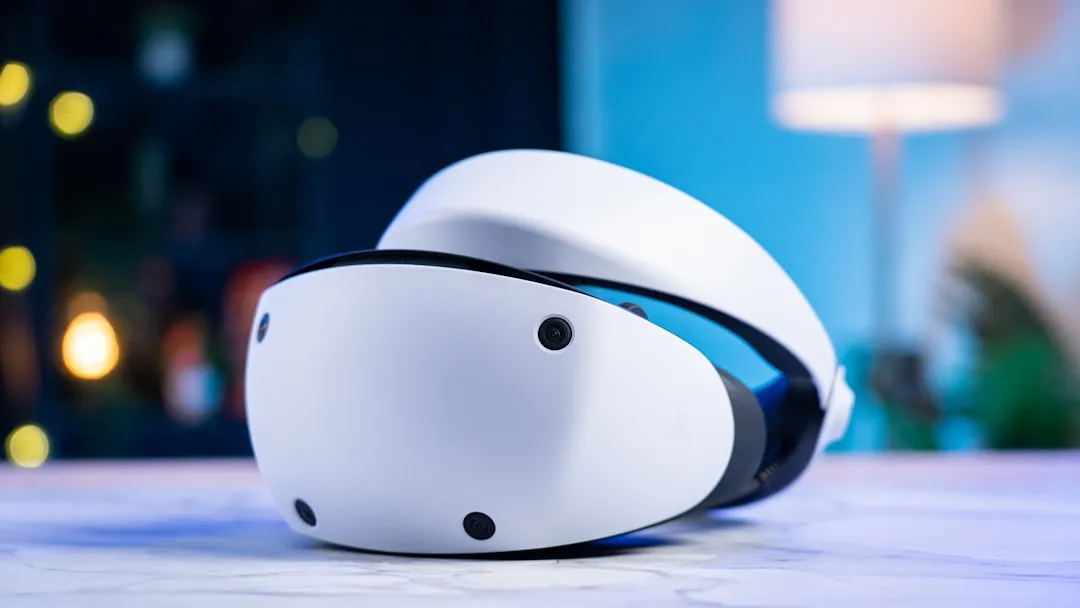

Comments
Be the first, drop a comment!